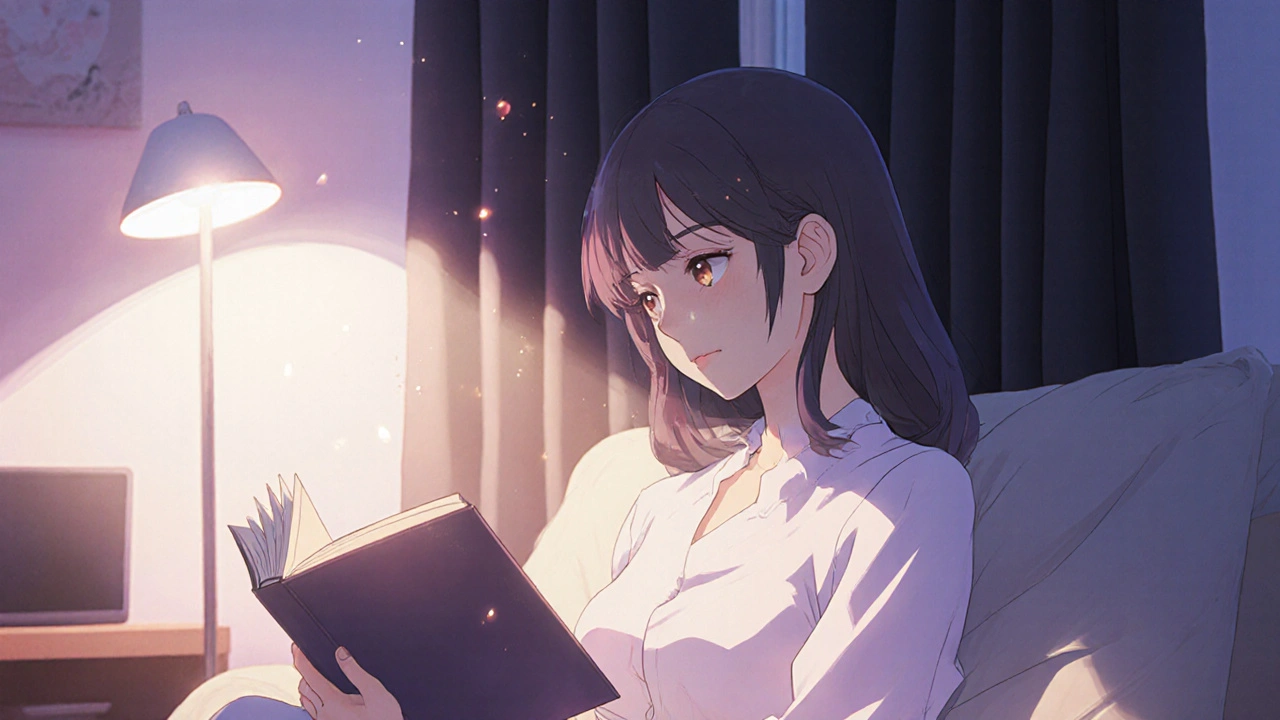
Light hurts your eyes-not just when you step outside on a sunny day, but even under office fluorescents, your phone screen, or a dim kitchen bulb. If this sounds familiar, you’re not alone. About photophobia, or abnormal light sensitivity, affects 35% of the population, and for many, it’s not just annoying-it’s disabling. The good news? It’s rarely a condition on its own. It’s a warning sign. And once you know what’s causing it, relief is often possible.
What Photophobia Really Means
Photophobia isn’t a fear of light. That’s a common misunderstanding. The word sounds like a phobia, but it’s a physical reaction. Your eyes and brain are overreacting to light that most people don’t even notice. It’s like your nervous system’s volume knob is stuck on max.People with photophobia don’t just squint. They get pain, headaches, nausea, and sometimes even tears. In severe cases, even indoor lighting at 50 lux-about the brightness of a dimly lit hallway-can trigger discomfort. For comparison, a typical office runs at 500 lux. That’s ten times brighter than what some people can tolerate.
Studies using fMRI show that when exposed to normal lighting, photophobic individuals have 3.2 times more brain activity in the thalamus-the part that processes sensory signals. This isn’t just sensitivity. It’s neurological overload.
Three Main Causes of Light Sensitivity
Photophobia doesn’t come out of nowhere. It’s tied to something else. Medical research breaks it down into three clear categories:- Eye-related issues (45% of cases): Conditions like uveitis, corneal abrasions, albinism, or detached retinas can make your eyes more reactive. Uveitis, for example, causes inflammation inside the eye. About 92% of people with uveitis report photophobia before any other symptoms show up.
- Neurological conditions (40% of cases): Migraines are the biggest culprit here. Between 76% and 80% of migraine sufferers experience photophobia during an attack. But it’s not just migraines. Concussions, meningitis, and even brain tumors can trigger it. The type of light sensitivity changes depending on the cause-migraines involve cone-driven pathways, while infections like meningitis affect rod-driven pathways.
- Medication-induced (15% of cases): Some drugs increase light sensitivity as a side effect. Antibiotics like tetracycline, diuretics, acne treatments like isotretinoin, and even some psychiatric meds can do this. If your sensitivity started after beginning a new medication, talk to your doctor.
Women between 25 and 55 are most affected, making up 65% of cases. That’s partly because migraines and autoimmune disorders-which often cause photophobia-are more common in this group.
How Severe Is Your Photophobia?
Not all light sensitivity is the same. Doctors use a scale called the Photophobia Severity Scale (PSS-10) to measure impact. But you can get a rough idea yourself:- Mild (48% of cases): Only bothered by direct sunlight. You can manage with regular sunglasses outdoors.
- Moderate (37% of cases): You need tinted glasses indoors under fluorescent or LED lighting. Office lights feel harsh. You avoid bright rooms.
- Severe (15% of cases): Even low light causes pain. You may need to wear sunglasses inside, keep blinds closed, and avoid screens. Work and social life suffer. Studies show 52% of people with severe photophobia lose significant productivity.
Severe cases often come with reduced visual acuity-68% of people report blurry vision in bright light. Some even develop vitamin D deficiency because they avoid sunlight entirely.
The FL-41 Lens Breakthrough
For decades, people tried regular sunglasses, blue-light blockers, or tinted contacts. Most didn’t help. Then came FL-41 lenses.FL-41 isn’t just any tint. It’s a specific rose-colored filter that blocks 70% of the blue-green light wavelengths between 500 and 550 nanometers-the exact range that triggers the most discomfort in photophobic eyes. It doesn’t darken everything. It just removes the problematic part of the spectrum.
Research from Oculase shows FL-41 lenses reduce symptoms by 43% in controlled trials. Users report fewer migraines, less eye strain, and better sleep. On Amazon, FL-41 glasses like TheraSpecs have an average 4.2/5 rating from over 1,200 reviews. One user wrote: “Reduced my migraine frequency from 18 to 5 per month in three weeks.”
But here’s the catch: Not all “blue-light blocking” glasses are FL-41. Many cheap ones filter the wrong wavelengths. If you buy a pair that doesn’t say “FL-41” on the label, it might not help-or could even make things worse.
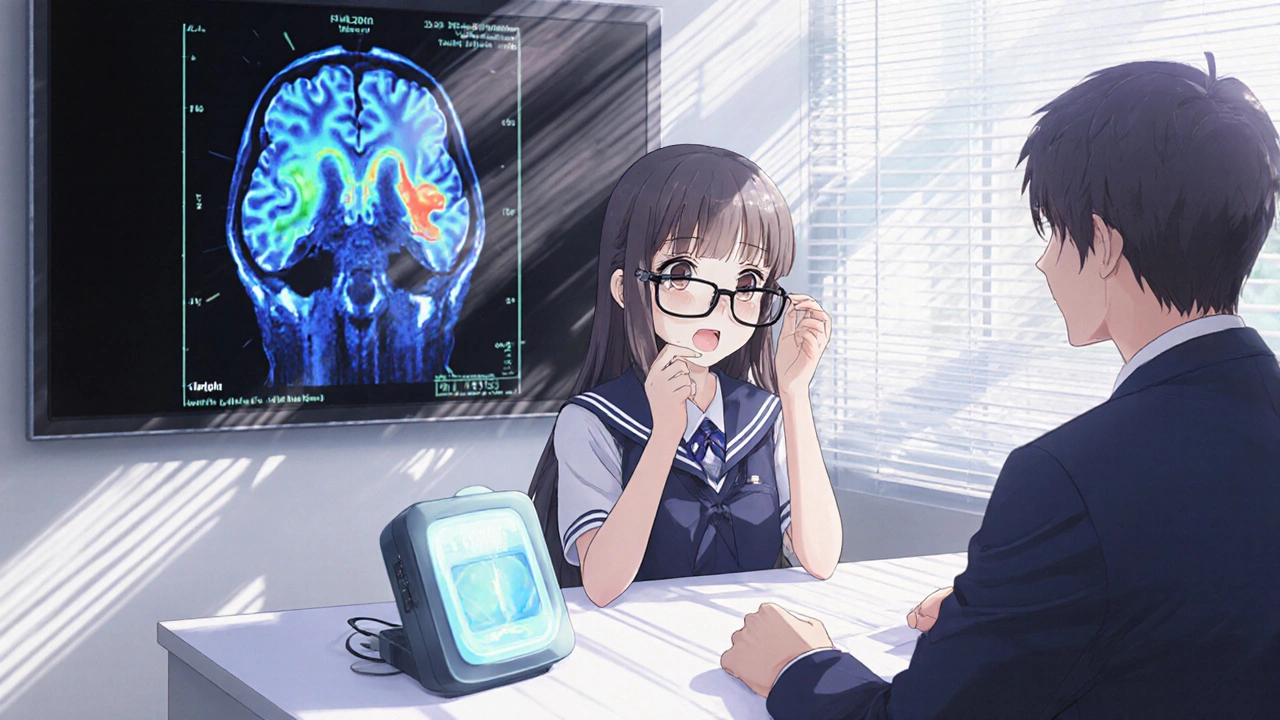
What Doesn’t Work (And Why)
There’s a lot of misinformation out there. Here’s what most people try-and why it often fails:- Blue-light blocking glasses for screens: These target 400-450nm light, which is linked to sleep disruption, not photophobia. They fix 38% of triggers at best. Ambient lighting is the real problem in 62% of workplace cases.
- Darkening your whole house: Going full cave mode might feel better short-term, but it doesn’t treat the cause. And your eyes can become even more sensitive over time.
- Just taking painkillers: Ibuprofen or acetaminophen might dull the headache, but they don’t stop the eye pain or the underlying trigger.
One Reddit user shared: “I wore blue-light glasses for months. My eyes hurt worse. Turns out I needed FL-41, not blue-light blocking.”
Diagnosis: Don’t Skip This Step
Too many people get told, “It’s just migraines,” and never find the real cause. That’s dangerous. Photophobia can be the first sign of serious conditions like lupus, meningitis, or uveitis.Doctors miss it. In fact, 82% of patients in one survey said they were initially misdiagnosed. The American Academy of Neurology warns that over-relying on tinted lenses without testing can delay diagnosis in 22% of cases.
Here’s what a proper workup looks like:
- Comprehensive eye exam with an ophthalmologist. They’ll check for inflammation, corneal damage, or retinal issues.
- Neurological evaluation. If migraines are suspected, they’ll look for patterns, aura, or family history.
- Blood tests. Autoimmune disorders like lupus or Sjögren’s syndrome can cause photophobia without obvious eye symptoms.
- Imaging. In rare cases, an MRI might be needed to rule out brain-related causes.
Specialists in photophobia score 4.7/5 on Healthgrades. General practitioners? Only 3.9/5. If your symptoms are persistent, see an eye doctor who specializes in neuro-ophthalmology.
Treatment Pathways: From Relief to Recovery
There’s no single cure for photophobia because it’s not the disease-it’s the symptom. Treatment depends on the root cause.Phase 1: Immediate Relief
- Wear FL-41 tinted glasses indoors and outdoors.
- Use dimmable LED bulbs. Keep home lighting between 100-200 lux.
- Install blackout curtains or use light-filtering window films.
- Switch to warm-white LEDs (2700K color temperature) instead of cool white.
Phase 2: Medical Intervention
- Migraines: CGRP inhibitors like Aimovig or Emgality can reduce both migraine frequency and photophobia. They cost around $690/month, but many insurance plans cover them.
- Uveitis or inflammation: Steroid eye drops or oral medications can clear the issue within weeks.
- Autoimmune disorders: Immunosuppressants or biologics may be needed. Early treatment prevents permanent damage.
- Medication side effects: Your doctor might adjust your prescription.
Phase 3: Long-Term Management
- Keep a symptom journal. Note light exposure, headaches, sleep, and stress. This helps identify triggers.
- Use the National Eye Institute’s online symptom tracker (used by 42,000 people monthly).
- Consider workplace accommodations. Under OSHA’s 2024 lighting standards, employers must offer adjustable lighting. 28% of Fortune 500 companies now have “migraine-friendly” offices.
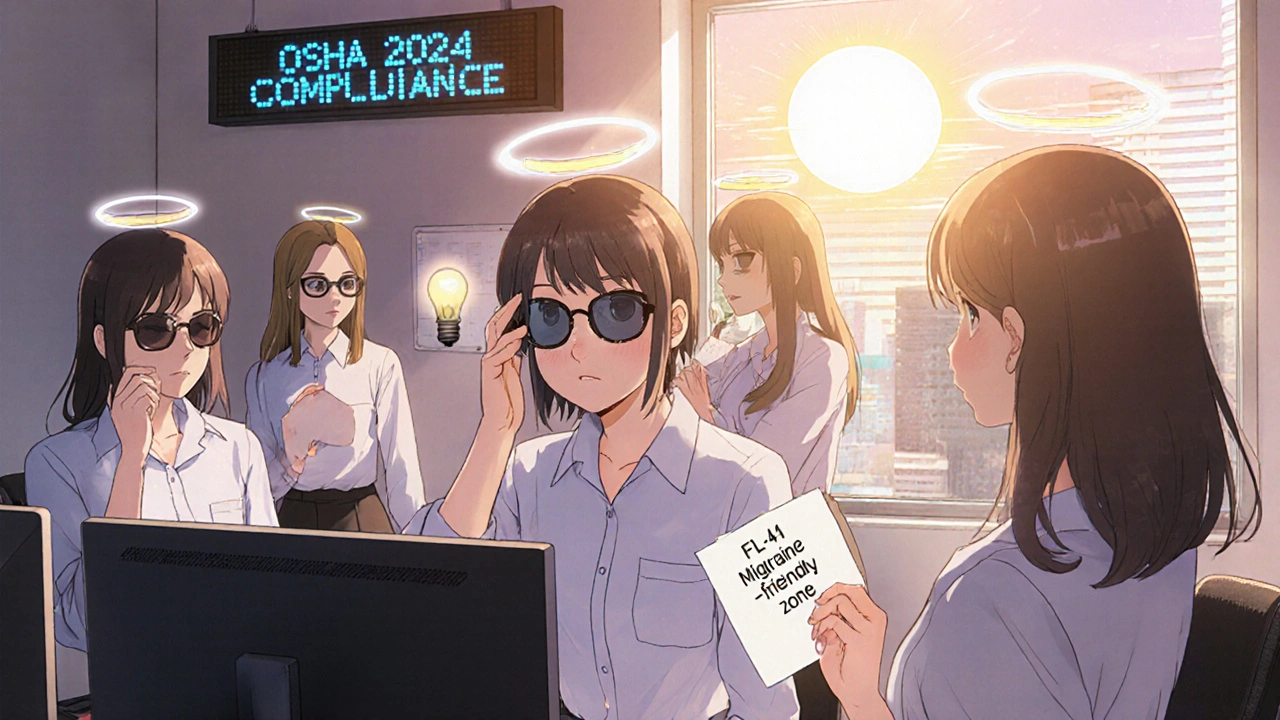
What’s Coming Next
The field is evolving fast. In May 2023, the FDA approved the first diagnostic tool specifically for photophobia: the Photosensitivity Assessment Device (PAD-2000). It measures how your pupil reacts to light with 94% accuracy.Researchers are testing a new eye drop that targets TRPM8 receptors-those involved in light-triggered pain signals. Early trials show a 60% reduction in sensitivity. If approved in 2025, it could change everything.
By 2030, experts predict a 22% drop in photophobia-related disability thanks to better diagnostics and combined optical + drug therapies.
When to Worry
Photophobia is usually manageable. But some signs mean you need emergency care:- Sudden, severe light sensitivity with headache and stiff neck
- Loss of vision or seeing flashes
- Fever, confusion, or vomiting with light sensitivity
- Photophobia that started after a head injury
These could signal meningitis, a stroke, or a brain bleed. Don’t wait. Go to the ER.
Final Thoughts
Photophobia isn’t something you just have to live with. It’s a signal-and once you listen to it, you can take control. Whether it’s migraines, an eye infection, or a hidden autoimmune issue, the right diagnosis leads to real relief. FL-41 lenses aren’t magic, but they’re the most proven tool we have for daily comfort. And with new treatments on the horizon, the future for people with light sensitivity is brighter than ever.Is photophobia the same as being sensitive to bright light?
No. Everyone feels uncomfortable in bright sunlight. Photophobia is an abnormal, painful reaction to light that goes beyond normal discomfort. It can happen in dim rooms, under indoor lighting, or even from screens, and it’s often tied to an underlying medical condition like migraines, uveitis, or an autoimmune disorder.
Can blue-light blocking glasses help with photophobia?
Most don’t. Blue-light blockers filter wavelengths around 400-450nm, which are linked to sleep disruption. Photophobia is triggered by 500-550nm blue-green light. Only FL-41 tinted lenses target the right wavelengths. Many people waste money on generic blue-light glasses that don’t help-and can make symptoms worse.
How long does it take to adjust to FL-41 lenses?
Most people adapt in 2-3 weeks. Initially, colors may look slightly pink or distorted, especially under artificial light. This fades as your brain adjusts to the new filter. Studies show 68% of users report this temporary effect, but 92% say it’s worth it once they adjust.
Can photophobia cause permanent eye damage?
Photophobia itself doesn’t damage your eyes. But the conditions that cause it can. Untreated uveitis, for example, can lead to glaucoma, cataracts, or vision loss. That’s why diagnosing the root cause is critical. Ignoring photophobia because it’s “just sensitivity” risks serious complications.
Are FL-41 glasses covered by insurance?
Usually not as a standalone item. But if you have a diagnosed condition like migraines, uveitis, or lupus, your doctor can write a prescription for “therapeutic tinted lenses.” Some vision plans or FSAs/HSA accounts will cover them under medical equipment. Always ask your eye doctor to provide a diagnostic code to improve your chances.
Why do I get photophobia with migraines?
Migraines activate a specific pathway in the retina and brain that’s hypersensitive to light. The trigeminal nerve, which carries pain signals, connects directly to areas that process visual input. Light doesn’t just bother you-it triggers more pain. That’s why FL-41 lenses help: they reduce stimulation in that exact neural pathway, cutting migraine severity by up to 31% in some studies.
Can children have photophobia?
Yes. Children with autism, concussions, or genetic conditions like albinism often experience photophobia. It can be harder to spot because kids can’t always describe the pain. If your child squints constantly indoors, avoids bright rooms, or complains of headaches under fluorescent lights, have them evaluated by a pediatric ophthalmologist.
Is photophobia getting more common?
Yes. Diagnoses have risen 14% annually over the past five years. Experts link this to increased screen time, poor indoor lighting, and better awareness among doctors. More people are now getting tested instead of just enduring it. The rise in autoimmune disorders and chronic migraines also contributes to the trend.


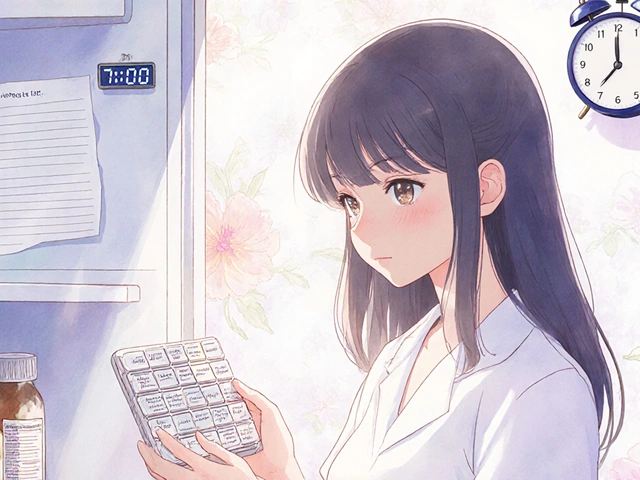

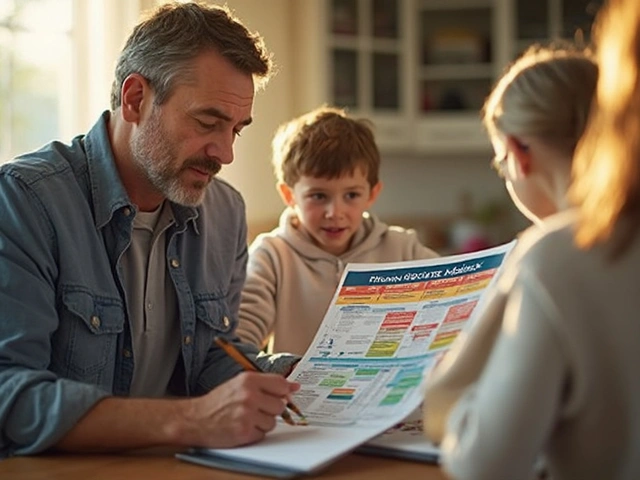
Comments (14)
Victoria Stanley
FL-41 lenses changed my life. I used to cancel plans because office lights felt like needles. After three weeks with TheraSpecs, I started going to coffee shops again. No more headaches, no more squinting. Seriously, if you're reading this and suffering - just try them. No hype, just results.
Also, don't waste money on blue-light glasses. They're for sleep, not pain.
Andy Louis-Charles
Same. I got diagnosed with migraine-associated photophobia last year. My neuro said FL-41 was the only thing proven to reduce cortical hyperactivity in the thalamus. I was skeptical but bought a pair on Amazon. 43% reduction in episodes? Yeah, that’s real.
Also, 2700K bulbs are a game-changer. Avoid anything above 4000K. 🌞➡️🌙
Douglas cardoza
Man I thought I was just weird for hating my kitchen light. Turned out I had mild uveitis. Doc didn’t catch it at first. Took me 8 months and three ER visits to get the right test. Don’t let them brush it off as ‘just migraines.’ Get an ophthalmologist who knows neuro-ophthalmology. Seriously.
FL-41 helped me hold a phone without crying.
Adam Hainsfurther
It’s fascinating how light sensitivity ties into broader neurological patterns. The thalamus isn’t just a relay - it’s a filter, and when it breaks down, the world becomes overwhelming. This isn’t just about eyes. It’s about sensory gating failure. And yet, we treat it like a minor annoyance.
There’s a cultural blind spot here. We don’t design spaces for people whose nervous systems don’t conform. That’s not just medical - it’s ethical.
Rachael Gallagher
Big Pharma doesn’t want you to know FL-41 costs $60. They sell you $700/month injections instead. Coincidence? I think not.
steven patiño palacio
Just wanted to add that workplace accommodations under OSHA’s 2024 lighting standards are enforceable. If your employer refuses to adjust lighting and you have a documented condition, you have rights. Document everything. Request accommodation in writing. Many people don’t know this.
Also - FL-41 is not a cure, but it’s the best tool we have right now. Use it wisely.
stephanie Hill
Have you ever wondered why FL-41 isn’t in every hospital? Why doctors still push migraine meds instead of just giving you tinted glasses? Because the system doesn’t profit from simple fixes.
And don’t get me started on how they ignore the autoimmune link. Lupus doesn’t show up on a scan until it’s too late. Photophobia is the canary. We’re ignoring the bird.
They’re not helping us. They’re managing us.
Akash Chopda
FL41 is a lie. The real cause is 5G and EMF radiation. Your eyes are reacting to the signal not the light. Try aluminum foil hats. Or better yet - move to a bunker. They dont want you to know this
Sam Jepsen
Just had my first FL-41 pair arrive. Took me 3 weeks to finally buy them after reading this post. My kid has autism and hates fluorescent lights. We’re both wearing them now. He hasn’t screamed in the grocery store in 48 hours. Thank you for sharing this.
Also - pediatric ophthalmologists are lifesavers. Don’t wait.
Yvonne Franklin
FL-41 works but don’t buy the Amazon knockoffs. I got a $15 pair that was just purple plastic. My eyes hurt worse. Spend the $60. Get TheraSpecs or Axon Optics. They have the real spectrum filter.
Also - dimmable LEDs are cheaper than meds. Just sayin’
Bartholemy Tuite
Look I’m from Dublin and we’ve got light sensitivity here like nowhere else - not because of the weather but because of the bloody awful LED streetlights. They flicker at 120Hz and it’s like your brain is being punched. I didn’t even know it was a thing until I moved to Boston and saw people wearing FL-41 indoors. I thought they were cosplayers.
Turns out I’ve been suffering for 12 years and no one ever told me. Now I wear them in pubs. My mates think I’m a vampire. I don’t care. I can finally drink a pint without wanting to vomit.
Neoma Geoghegan
FL-41 = neuro-optical intervention. Stop treating this as a vision issue. It’s a central nervous system modulator. The 500-550nm band triggers TRPM8 channels. That’s why tint works. That’s why blue blockers don’t. Simple physics. No magic.
Get the right lens. Track symptoms. Advocate for yourself. You’re not broken. Your environment is.
Nikki C
Photophobia isn’t a problem to solve. It’s a conversation your body is having with you. It’s saying: something is out of balance. Maybe it’s your immune system. Maybe it’s your sleep. Maybe it’s the chemicals in your shampoo.
FL-41 lets you breathe. But healing? That’s deeper. I stopped avoiding light. I started listening. And slowly, the pain lessened. Not because of lenses. Because I finally stopped fighting myself.
akhilesh jha
I am from India and we have no awareness of this. My sister has photophobia since childhood. Doctors say she is just 'sensitive'. She cries in school under lights. No one knows what to do. I will buy FL-41 for her. Thank you for writing this. I feel less alone now.